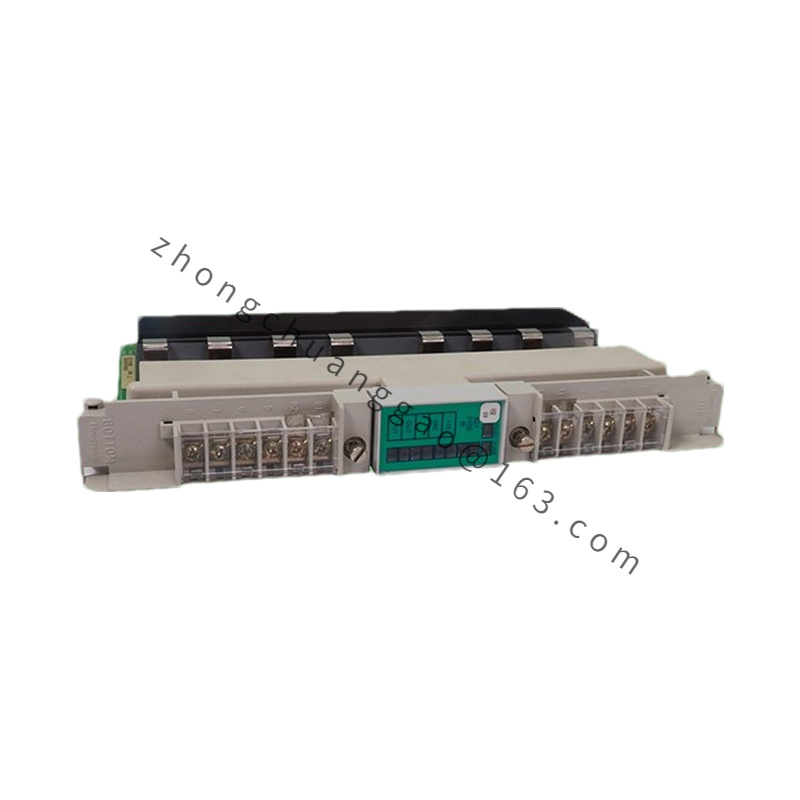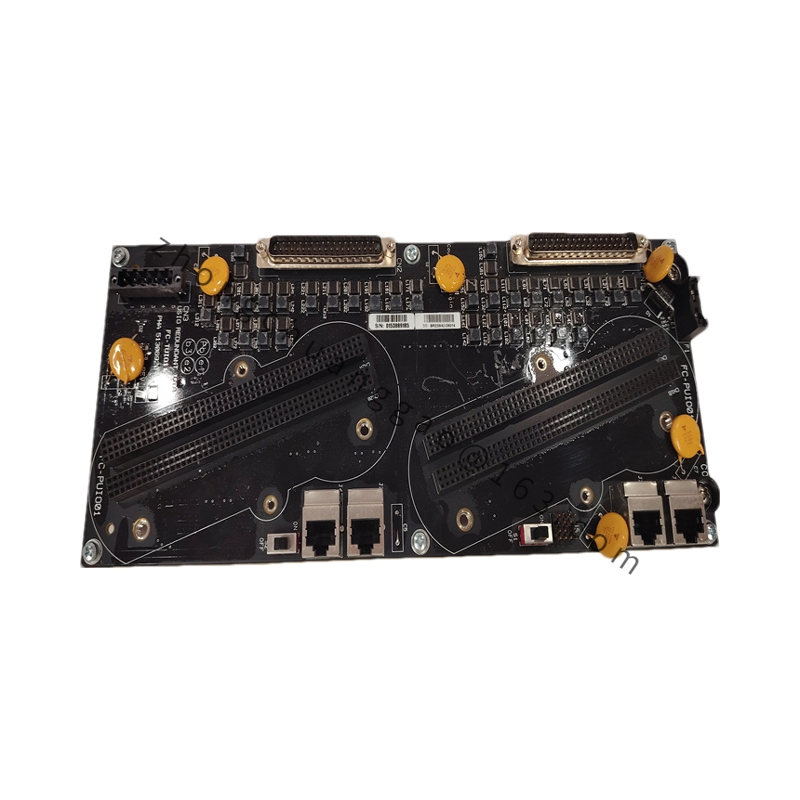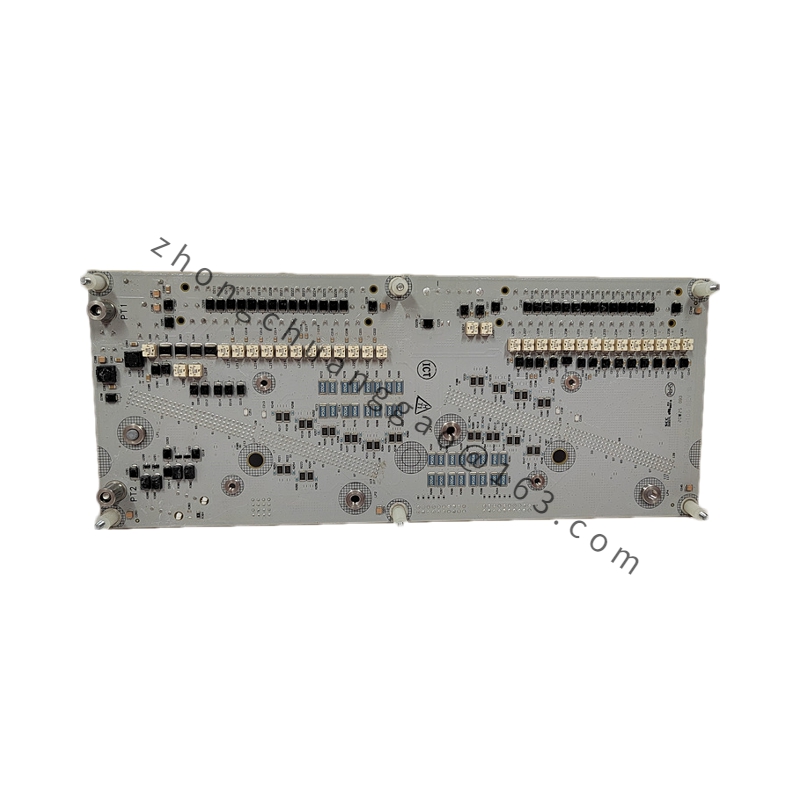Detailed content
Technical Specifications:
- Type: Air Filter
- Model Number: FC1000B1001
- Filter Type: Pleated Air Filter
- Filter Media: Synthetic filter media designed for high efficiency
- Filter Size: Typically, this filter is available in a range of sizes, but for the exact dimensions, refer to the product datasheet.
- MERV Rating: MERV 10 (Minimum Efficiency Reporting Value), indicating it can filter particles as small as 1 micron with high efficiency.
- Frame Material: Usually constructed with a sturdy, moisture-resistant frame to support the filter media.
- Air Flow: Designed to maintain low air resistance while providing high filtration efficiency.
- Temperature Range: Operates effectively within typical HVAC temperature ranges, but specific details should be verified in the datasheet.
Features:
- High Efficiency: Captures a high percentage of airborne particles, including dust, pollen, and other allergens, improving indoor air quality.
- Durable Construction: Built with a robust frame and pleated media to ensure long-lasting performance and structural integrity.
- Low Air Resistance: Designed to facilitate efficient airflow through the filter, which helps maintain optimal system performance and energy efficiency.
- Easy Installation: Typically fits standard filter slots in HVAC systems, simplifying the replacement process.
- Cost-Effective: Provides a balance between high filtration efficiency and reasonable cost, making it a popular choice for residential and commercial HVAC systems.
Applications:
- Residential HVAC Systems: Used in home heating, ventilation, and air conditioning systems to improve indoor air quality and extend system life.
- Commercial HVAC Systems: Applied in commercial buildings to ensure clean air and maintain efficient operation of HVAC equipment.
- Industrial Applications: Suitable for industrial environments where dust and particulate control are necessary to protect equipment and maintain air quality.
- Healthcare Facilities: Helps reduce airborne contaminants in healthcare settings, contributing to a cleaner and healthier environment.

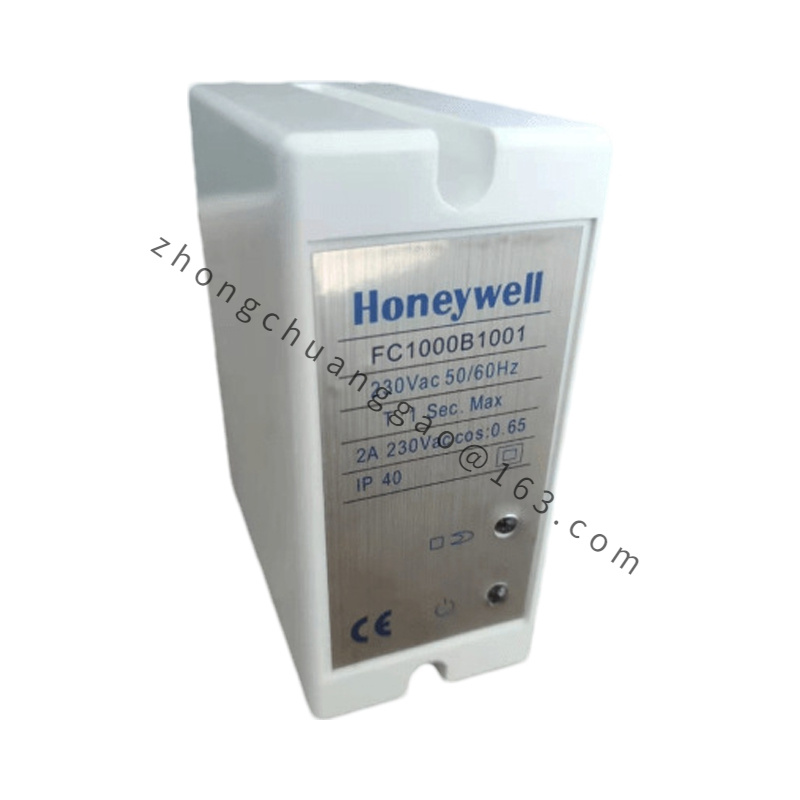
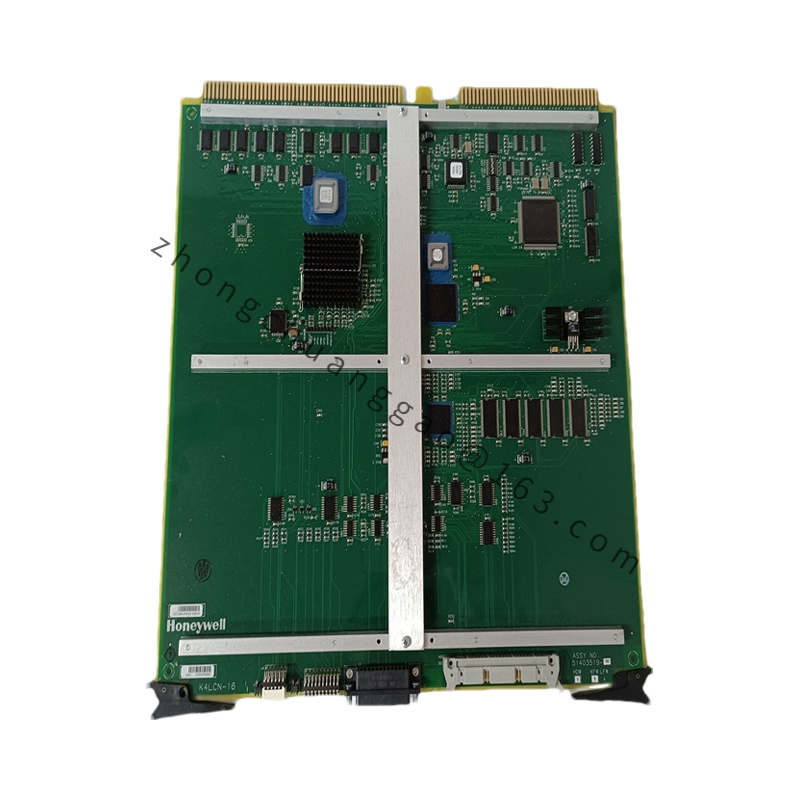
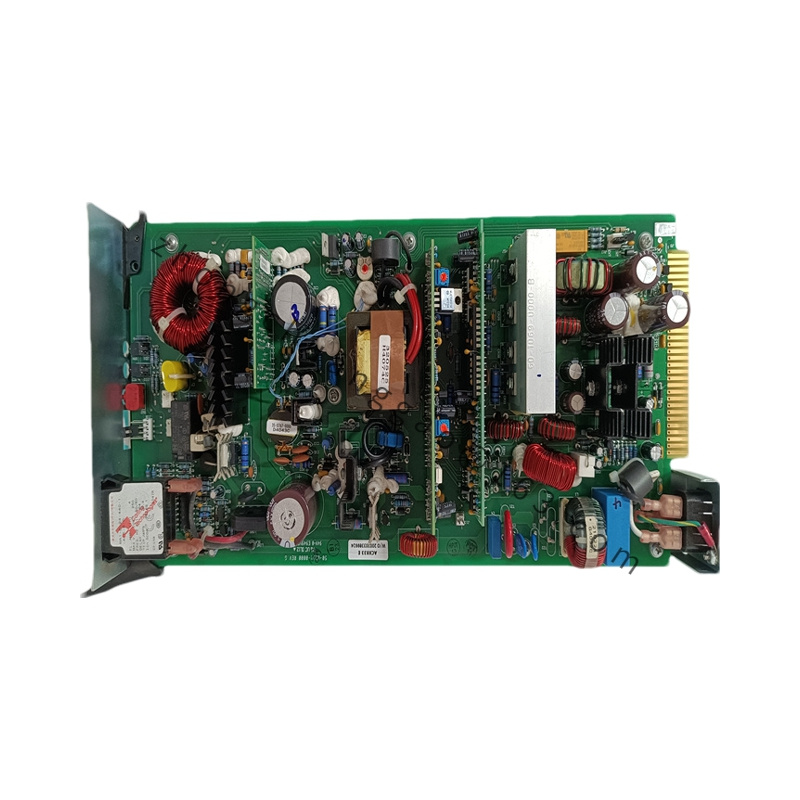
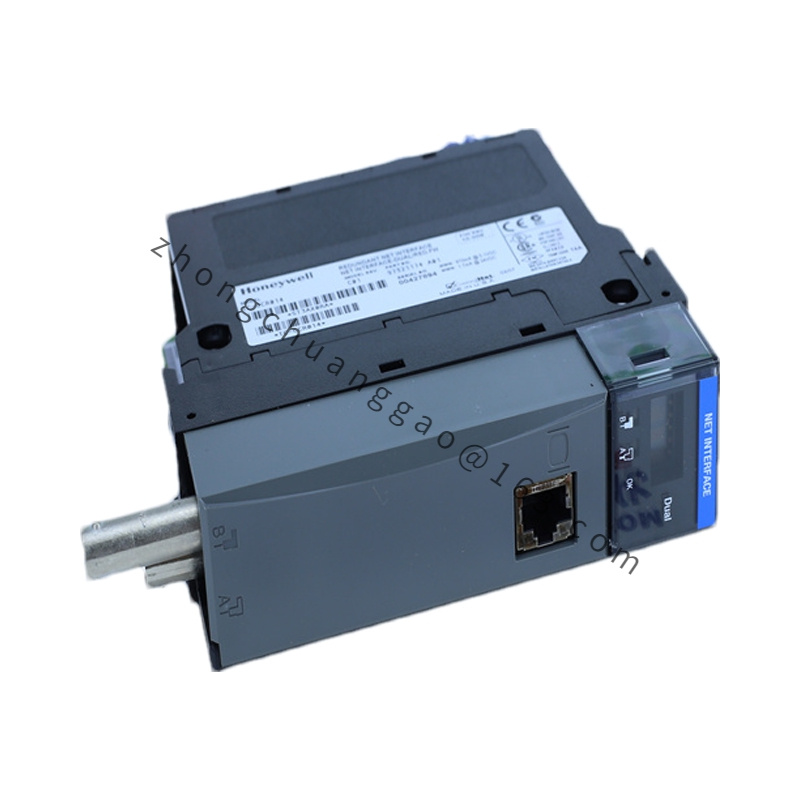
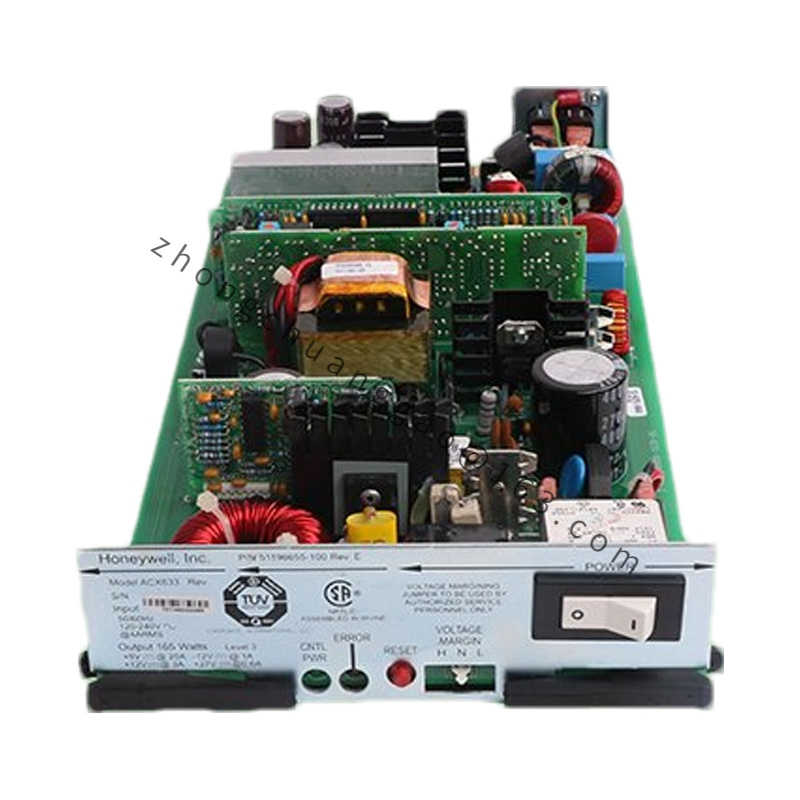
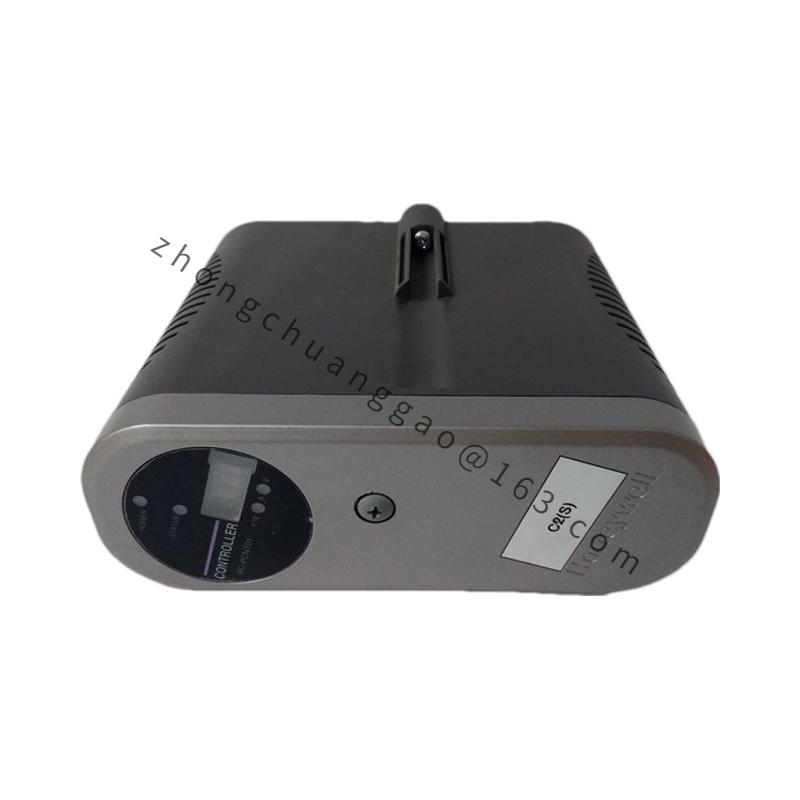
.jpg)
